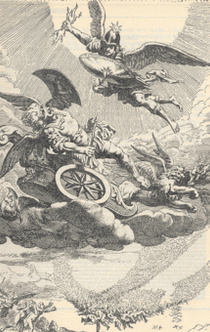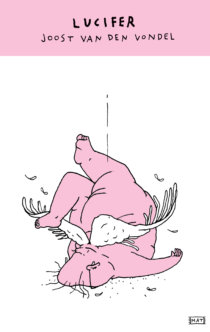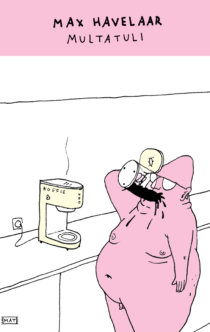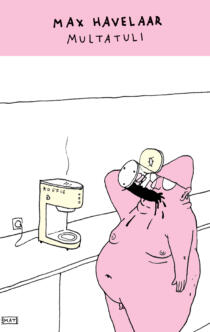The Lion relates the conflict between the cities of Flanders and the legitimate French monarch during the Middle Ages, leading up to the Battle of the Golden Spurs at the Groening battlefield, Kortrijk, on 11 July 1302. While Conscience gives a detailed account of the facts, he also plays fast and loose with them, allowing his imagination to inflate events to heroic and superhuman proportions with timeless, symbolic meanings. He transforms the exploits into a glorious, national liberation struggle between the Flemish and the French. 1302 becomes the moment when national history takes a decisive turn, a pivotal point in the collective memory and a harbinger of the Belgian struggle for independence in 1830.
Citizens and noblemen are united behind the struggle, but the real leaders come from the people: the lively Jan Breydel and the wise Pieter Deconinck, whose different strengths are in perfect balance with each other. This harmony is also a foretaste of democracy in a modern nation state.
Despite the fact that a lot of blood flows in this at times gruesome novel, it always has a purpose and meaning. The fight for liberation is not without reason protected by a divine force, a force that is embodied by a mysterious, giant knight (Robrecht of Bethune), “the lion of Flanders”, the saviour who miraculously changes the outcome of the decisive battle. In this sacred fight for freedom and a better future for the homeland, the Flemish “lions” form the inspiration and the driving force.
So, it is not surprising that Flemish nationalists of the nineteenth and twentieth centuries adopted symbols from this epic tale to give substance to their desire for emancipation and autonomy. Not that they celebrated Conscience. With the advent of modernist literature in Flanders, his reputation declined rapidly. He may have taught his compatriots to read, but he had become himself unreadable.
This does not alter the fact that the Battle of the Golden Spurs and its heroes remain in the collective memory of Flanders. They live on in the statue of Breydel and Deconinck on the market square of Bruges, for example, or in the name of a café, a square, an association or a football stadium. We celebrate the Flemish national day on 11 July, and the lion rampant is the official flag and coat of arms of the Flemish Community in Belgium. It would not have been so if it were not for The Lion of Flanders. This is extraordinary. That a novel could have such an impact on a national culture is unprecedented in Western literature.
This hefty and exciting historical novel is still worth reading, if only to discover (and perhaps experience) why a literary text could have generated such energy that it inspired an entire national movement.

Vorige


Lucifer
Joost van den Vondel
1654Volgende


Max Havelaar
Multatuli
1860





